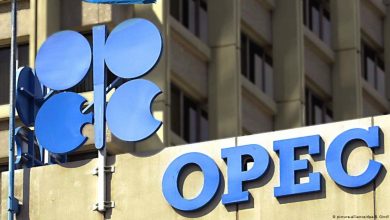Oil Prices Climb For Third Day On U.S. Fuel Decline, Russian Supply Concerns

Akintunde Oyedokun
Research Analyst
Oil prices rose for a third straight day on Thursday, supported by lower U.S. gasoline and distillate inventories and concerns over supply disruptions in Russia. Brent crude settled at $76.48 per barrel (+0.58%), while WTI rose to $72.57 per barrel (+0.44%).
Despite a larger-than-expected U.S. crude stock build, total inventories remained steady due to fuel drawdowns. Russian attacks on Ukrainian energy sites and reduced Kazakh oil flows further tightened supply. However, potential Iraqi Kurdistan oil exports and weaker global demand expectations limited price gains.
Australia’s Job Market Shows Strength Despite Rising Unemployment
Australia’s unemployment rate edged up to 4.1% in January, despite a strong job gain of 44,300, surpassing forecasts. The increase was driven by a record-high workforce participation rate of 67.3%, particularly among women. The Reserve Bank of Australia (RBA) remains cautious on further rate cuts, citing a tight labor market and inflation risks. However, wage growth slowed to 3.2%, easing inflationary concerns. Markets anticipate a possible rate cut in May, with expectations that the easing cycle will remain shallow.
BOJ Likely to Increase Rates in Q3 as Wage Growth Hits 5%
The Bank of Japan is expected to raise interest rates once more this year, likely in Q3 to 0.75%, according to a Reuters poll. Over 65% of analysts surveyed predict a hike in July or September.
The poll also shows wage talks may yield a 5% pay increase, close to last year’s 33-year high, supporting further rate hikes. Japan remains an outlier in tightening policy as global central banks cut rates.
Markets price in a 69% chance of two more 25-basis-point hikes by year-end, while economists see the rate reaching 1.00% by March 2026.
Botswana Central Bank Keeps Interest Rate Steady Amid Stable Inflation Outlook
Botswana’s central bank kept its main lending rate unchanged at 1.90% in its first monetary policy meeting of the year, citing expectations that inflation will remain within its 3%-6% target range over the medium term. Inflation rose to 2.5% year-on-year in January, up from 1.7% in December, but is still within the central bank’s preferred range. Governor Cornelius Dekop stated that inflation expectations are well-anchored, and the economy, despite a 3.3% growth forecast for 2025, is expected to operate below full capacity, limiting demand-driven inflation. The country’s reliance on diamond exports, which faced a decline in global demand last year, is expected to recover this year due to an improving diamond market and growth in other sectors.
Nigeria’s Central Bank Keeps Interest Rate Steady Amid Inflation Decline
The Central Bank of Nigeria kept its key interest rate at 27.50% on Thursday after six hikes last year, citing stability in the foreign exchange market and a gradual decline in inflation. While economists were divided due to a rebased inflation figure of 24.48% in January, the central bank is optimistic about macroeconomic stability. Governor Olayemi Cardoso stated that inflation is trending downward, and the focus is now on bringing it to single digits. Despite risks from food prices, market confidence is improving, and rate moderation is seen as a future possibility.






